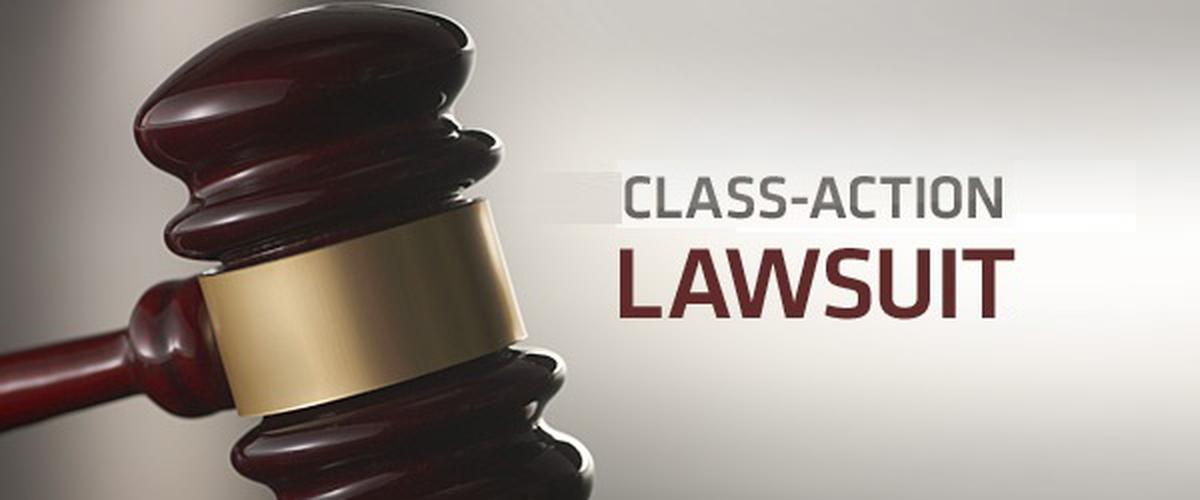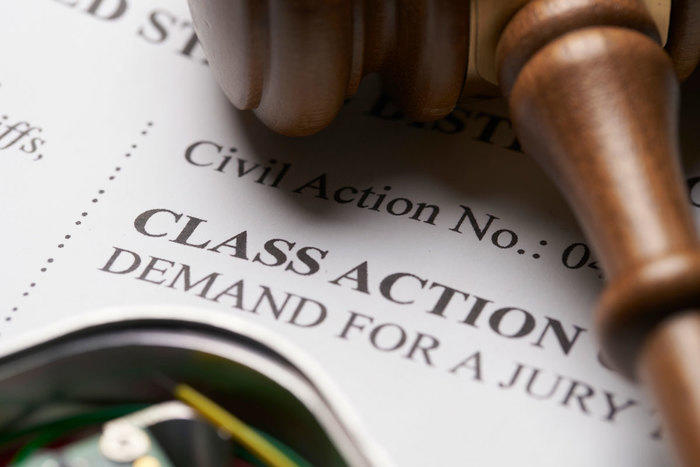Toughness in Numbers: Discovering the Effect of Class Action Lawsuits
Toughness in Numbers: Discovering the Effect of Class Action Lawsuits
Blog Article
Recognizing Course Action Lawsuit: An Overview for Lawyers
Class action claims have come to be an important part of the lawful landscape, enabling the debt consolidation of several insurance claims right into a solitary activity. For lawyers, recognizing the intricacies of class activity litigation is critical in effectively representing their customers. This extensive guide checks out the fundamentals of course action suits, from determining possible class participants to browsing the accreditation procedure. In addition, it dives into key methods for taking care of course activity litigation and offers insights right into negotiating and acquiring approval for negotiations. By delving into the intricacies of course action suits, this overview gears up attorneys with the knowledge and tools needed to effectively navigate this complex location of regulation.
The Essentials of Course Activity Lawsuits
Class activity claims are a lawful system employed to settle comparable claims from a group of people into a single suit, giving a efficient and affordable method to seeking justice and resolution. This sort of suit permits a representative complainant, acting on behalf of the whole class, to bring an insurance claim versus an offender who has actually supposedly created injury or breached the legal rights of multiple individuals.
The standard requirements for bringing a course action claim include numerosity, commonality, typicality, and adequacy of representation. Numerosity refers to the fact that the course must be so large that joinder of all members would certainly be unwise. Commonality suggests that there have to be usual concerns of regulation or truth that are shared by all participants of the course. Typicality needs that the insurance claims of the representative plaintiff are regular of the insurance claims of the whole course. Finally, competence of depiction ensures that the representative plaintiff will properly represent the rate of interests of the whole course.
Course action claims can be helpful for both offenders and complainants. For offenders, it offers the opportunity to effectively fix several cases in a single claim, preventing the requirement to safeguard against numerous specific legal actions.
Identifying and Assessing Potential Course Members
After establishing the standard demands for a course action claim, the next step is to determine and analyze potential course members. This procedure includes identifying who may become part of the course and reviewing their insurance claims to determine if they meet the necessary standards.
To determine prospective class participants, attorneys typically perform comprehensive study and gather appropriate information. This might entail assessing records, conducting interviews, and examining documents to identify people or entities that might have been influenced by the supposed misbehavior. It is crucial to develop a comprehensive and clear checklist of potential course participants to guarantee that all affected celebrations are consisted of in the legal action.
When possible class participants have actually been determined, the next action is to evaluate their claims. This involves evaluating the advantages of each private insurance claim to determine if they meet the legal demands for class qualification. Lawyers should very carefully evaluate the truths, evidence, and lawful theories of each possible class participant's claim to make sure that they have a viable case.
Examining potential class members also entails determining whether they satisfy the course meaning and have endured comparable harm as an outcome of the defendant's actions. This calls for contrasting the truths and circumstances of each possible course member's scenario to the claims and lawful concepts placed forth in the claim.
Browsing the Class Certification Refine
To effectively navigate the course certification procedure, legal representatives should diligently comply with the procedural needs stated by the court. Class certification is a crucial step in a course action lawsuit, as it identifies whether an instance can continue as a class activity, representing a group of people that have comparable claims against an offender. The process involves satisfying particular criteria, such as numerosity, commonness, typicality, and competence of representation.
First of all, legal representatives must establish numerosity by demonstrating that the course is so large that individual joinder is impractical. This can be achieved with proof or specialist testimony. Secondly, they have to develop commonness by revealing that there prevail inquiries of legislation or truth that predominate over specific issues. This needs a thorough evaluation of the defenses and claims included.
Next, legal representatives should reveal typicality, which implies that the depictive plaintiff's claims are normal of the insurance claims of the class participants. This makes certain that the passions of the depictive plaintiff align with the interests of the class. Last but not least, attorneys should demonstrate adequacy of representation, meaning that the depictive plaintiff and their advise will fairly and adequately stand for the rate of interests of the course.
To navigate this process effectively, legal representatives should extensively prepare by conducting substantial study, gathering evidence, and creating a compelling debate that pleases each of these requirements. They need to also be prepared to react to any objections or difficulties increased by the offender. By diligently sticking to the step-by-step needs established forth by the court, lawyers can raise their possibilities of getting class qualification and progressing the interests of the class participants.

Key Strategies for Handling Class Action Litigation
Upon successfully browsing the course certification process, lawyers need to after that implement crucial strategies for efficiently taking care of class activity lawsuits. These methods are vital to ensure that the situation continues smoothly and successfully, inevitably making best use of the possibilities of a favorable outcome for the course participants.
One key method is to establish a cohesive and solid legal team (Class action lawsuit). This involves setting up a group of attorneys with know-how in course activity lawsuits, in addition to various other appropriate areas such as the details industry or topic included in the case. A versatile team can bring different point of views and abilities to the table, enhancing the general efficiency of the litigation
An additional crucial strategy is to create a extensive and well-thought-out lawsuits strategy. This strategy should detail the overall purposes of the instance, as well as the certain lawful theories and disagreements that will be gone after. It should also consist of a timeline and spending plan to make sure that the instance stays on track and within the assigned sources.
Furthermore, lawyers ought to actively involve with the course members throughout the litigation process (Class action lawsuit). This includes providing normal updates on the progression of the situation, looking for input and comments from the class members, and addressing any type of questions or worries they may have. By cultivating open interaction and collaboration, attorneys can build count on and support amongst the class members, which can be instrumental in accomplishing a successful resolution
Resolving Course Action Legal Actions: Negotiation and Authorization
When it involves resolving course action legal actions, effective arrangement and getting authorization are crucial actions in attaining a resolution. Class activity claims are complicated and involve a lot of complainants, making it critical to get to a settlement that is sufficient and fair to all celebrations included.

When a settlement agreement is gotten to, it has to be accepted by the court. The court's function in this procedure is to guarantee that the settlement is fair, reasonable, and adequately safeguards the interests of the class members. The court will certainly think about aspects such as the nature of the insurance claims, the toughness of the evidence, the prospective recuperation for the course members, and any type of objections raised by course members.
Acquiring court authorization is vital as it offers finality to the settlement and shields the rate of interests of the course participants. It makes certain that the settlement is binding and enforceable, and class participants can receive their rightful settlement.
Verdict

Course activity claims have become an essential component of the legal landscape, enabling for the combination of multiple claims right into a single action. Course certification is a vital step in a class activity lawsuit, as it identifies whether a case can proceed as a class action, standing for a team of people who have comparable claims versus a defendant. By vigilantly adhering to the procedural requirements set forth by the court, lawyers can boost their chances of acquiring course qualification and progressing the interests of the class members.
The court will take into consideration variables such as the nature of the claims, the strength of the proof, the prospective healing for the class members, and any type of arguments elevated by class members.
By identifying and examining potential course participants, attorneys can establish the practicality of a course activity lawsuit.
Report this page